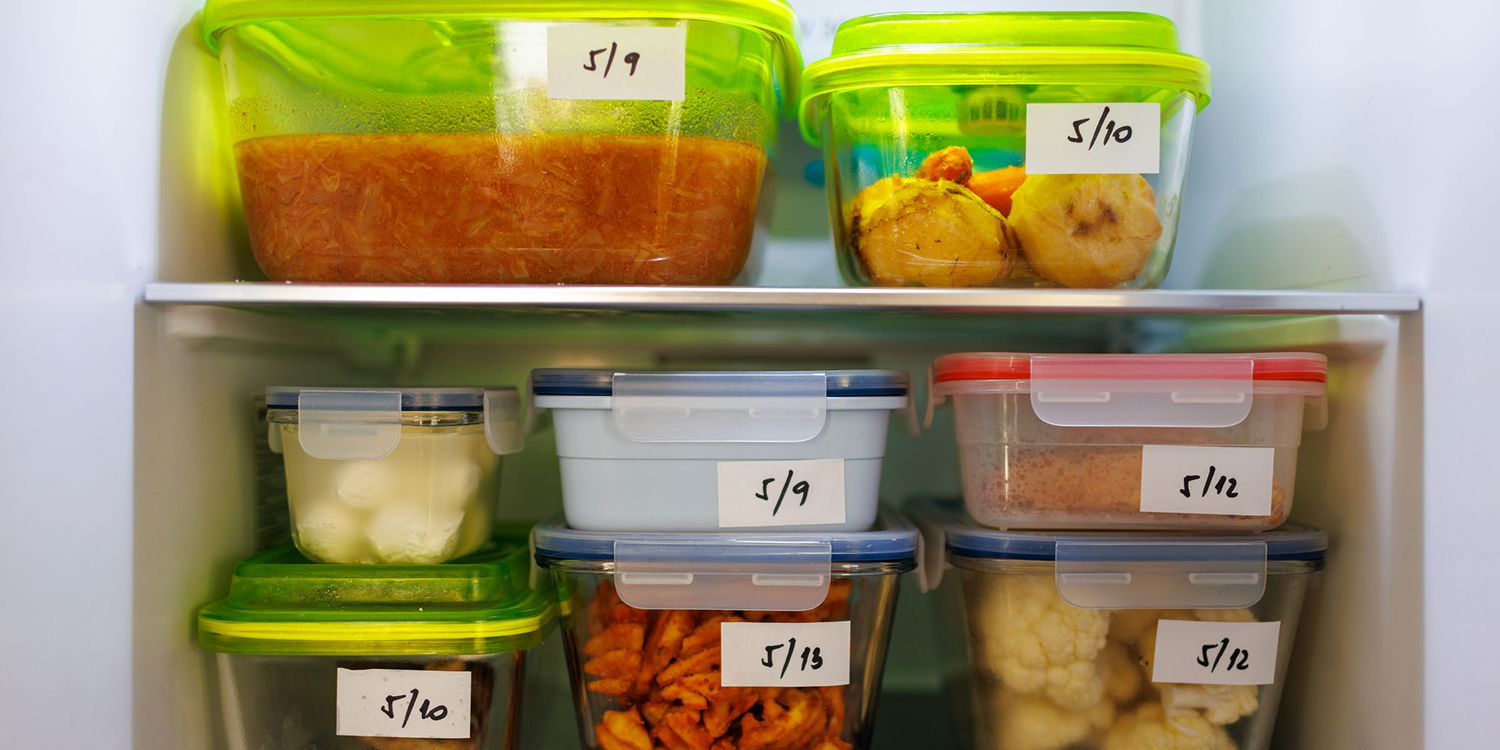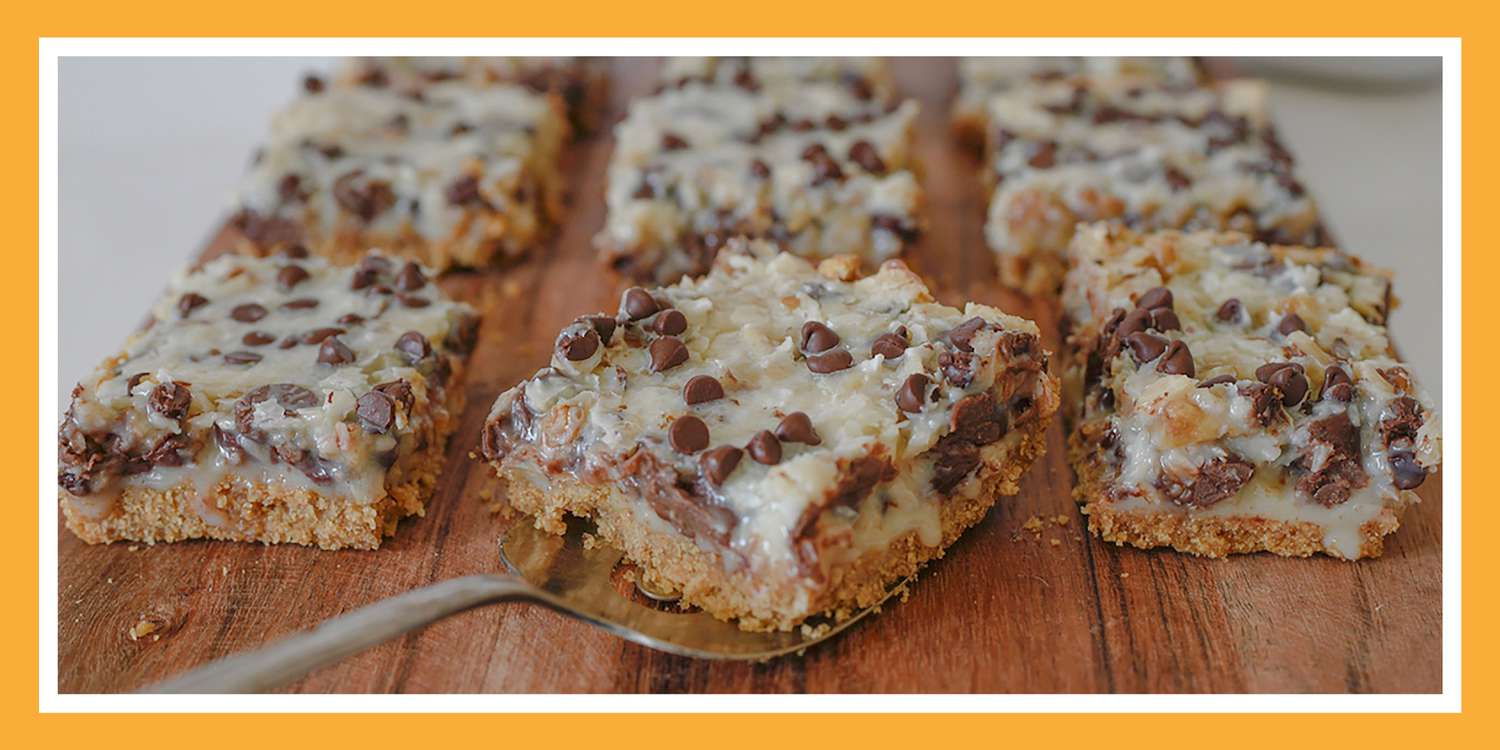Leftovers are a wonderful thing. They reduce waste, solve the problem of needing a meal in a hurry, and sometimes taste even better than when the dish was first made. But enjoying these benefits requires care in the storage and utilization of leftovers. Otherwise, your convenient heat-and-eat can become decidedly inconvenient, if you know what I mean.
The Risks of Reheating
Takeout and home-cooked leftovers might make for a casual meal, but handling them should be anything but casual. Already-made food is a prime environment for bacterial growth, which occurs with the help of two critical factors: room temperature and time. And when bacteria thrives, we all lose.
The second hurrah for food also commonly means a bit of a loss in flavor, texture, and overall quality (perhaps apart from soups, stews, lasagna, and similar dishes that can become even better after the ingredients are left to meld overnight). And with each reheat, these characteristics continue to suffer, so think of that leftover casserole as a one-time resuscitation, rather than a cat with nine lives.
Fact or Fiction: You Shouldn’t Reheat Leftovers More Than Once
Technically – fact. But don’t panic. This just means you should portion what you’re going to eat and heat only that, rather than reheating the whole of your leftovers, re-refrigerating what you don’t eat, and repeating. You can always go back and heat more if you’re not full, but a back and forth of heating and chilling is the wrong way to go.
The Takeaway for Your Takeout
To handle leftovers successfully, commit to memory the bacterial growth “danger zone” — 40 degrees F to 140 degrees F — and avoid it at all costs. This means leaving food out to cool for less than two hours before refrigerating, and then cooling it as quickly as possible in the fridge, ideally within the following four hours. When reheating, ensure your food reaches 165 degrees F for a solid 2 minutes to keep everyone safe.
It’s also best to consume leftovers within 3-4 days, rather than pushing it to the back of the fridge for a full week or more. If it doesn’t look like that will be possible, repurpose the food into other dishes or transfer them to the freezer for longer storage. (Some foods like rice and mushrooms are much more fickle when it comes to the rate of bacterial growth, so it’s best to toss these out after a few days and make fresh portions, rather than transferring days-old leftovers to the freezer.)
If you go the freezer route, remember to eat the food within 24 hours of taking it out to thaw.
Finally, when it comes to leftovers, lean on the old adage “when in doubt, throw it out,” if any concerns arise over its safety. It’s always better to deal with the minor issue of making or ordering new food, than a major one later.




